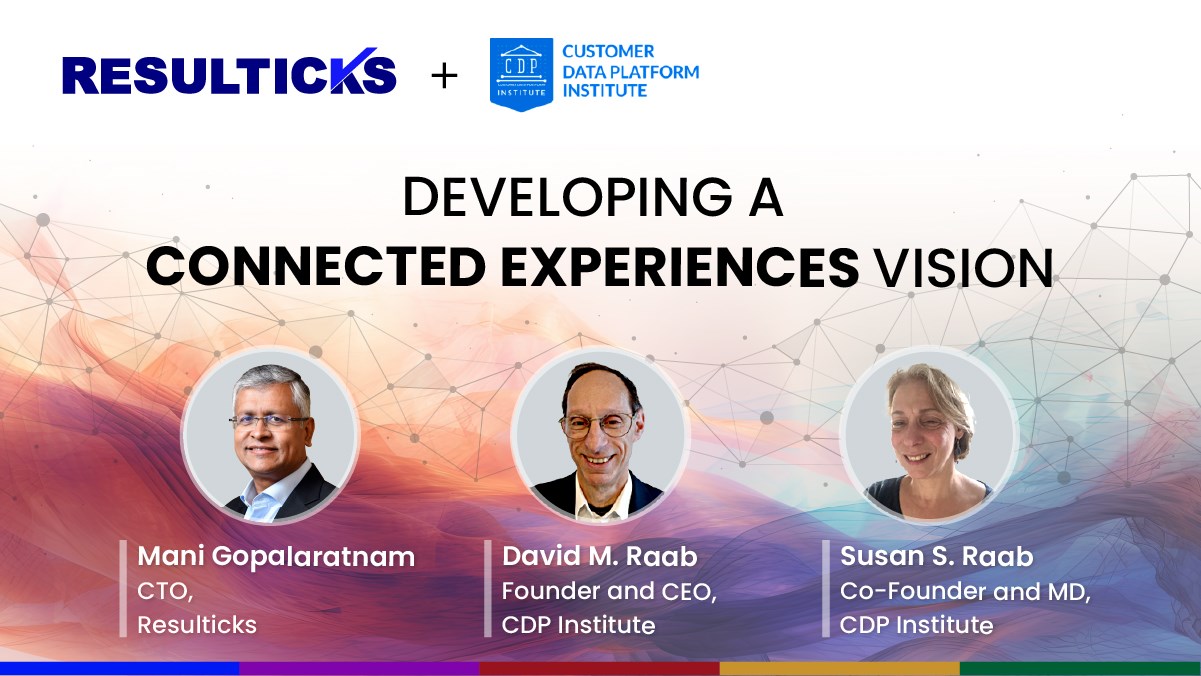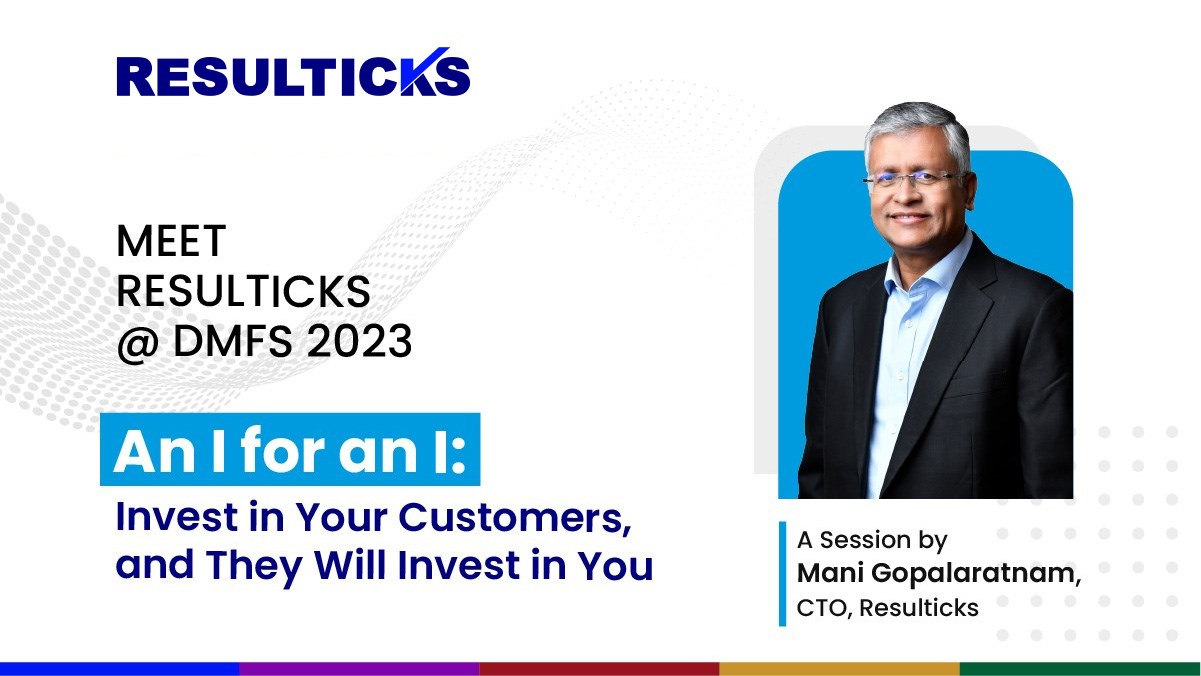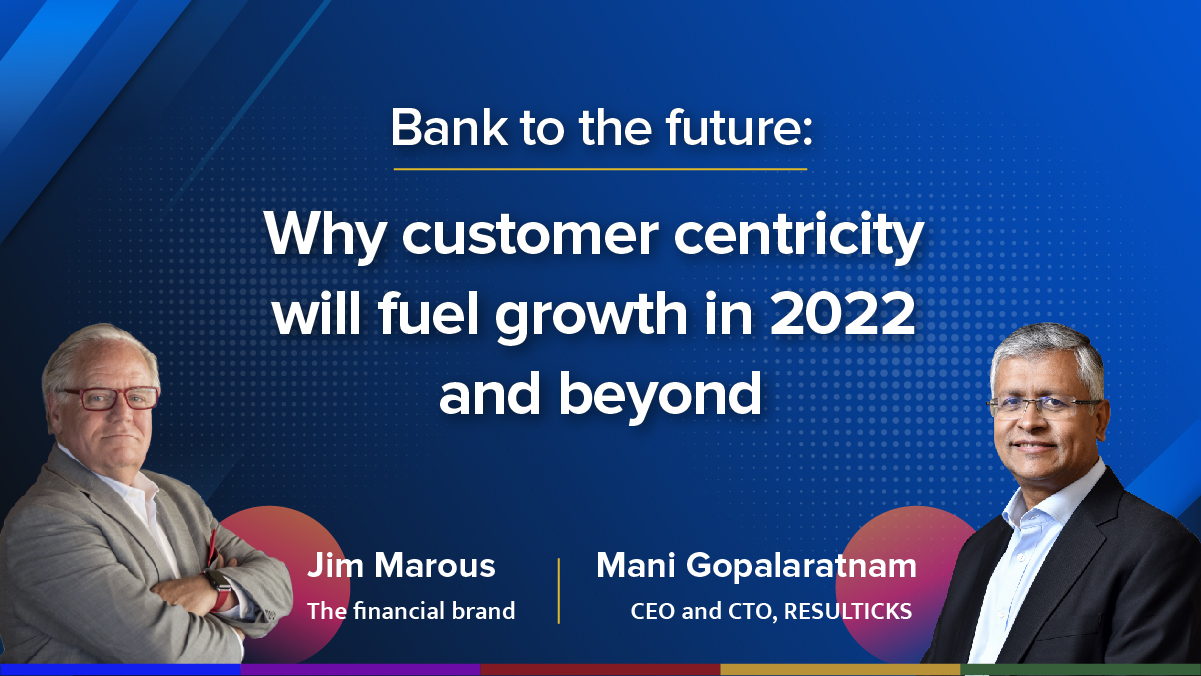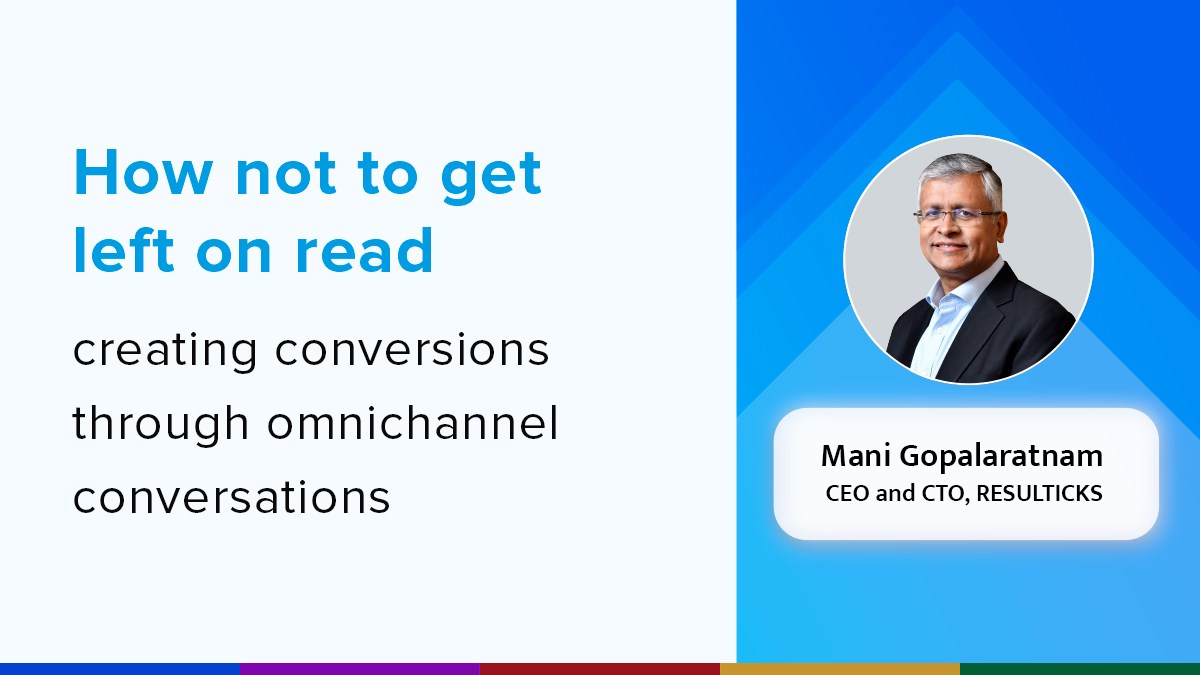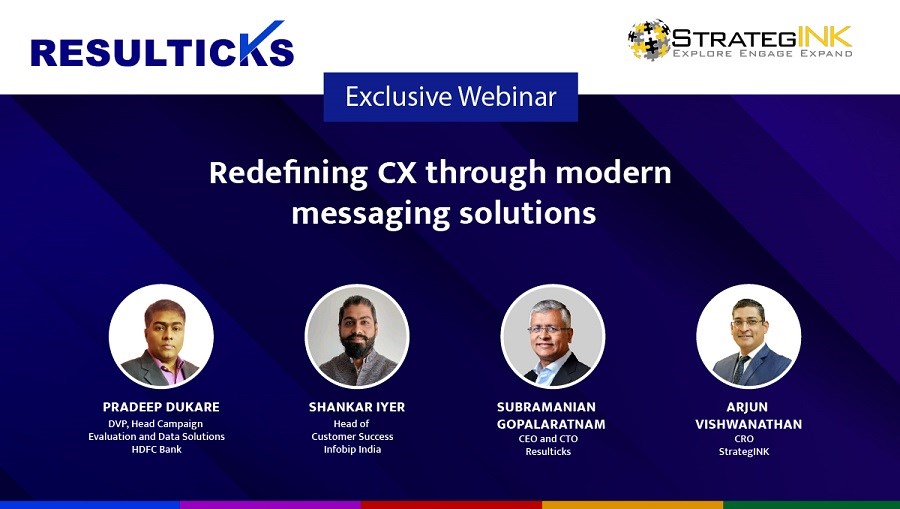Marketing professionals working in highly regulated industries like finance, healthcare, pharma, or legal often feel stuck between a rock and a hard place when it comes to social media and marketing automation.
Why?
Because, while consumers expect to interact digitally with companies in these industries – with or without the company’s best interests at heart – industry regulatory compliance can tie these marketers’ hands, making it difficult to freely converse with consumers or even recommend products or services that the consumers may want or find beneficial.
As a result, these highly regulated industries – as a rule – have become stuck, sometimes years, behind others in adopting social media and other digital marketing tools and methods.
The Current Landscape
The regulated industries are trying to catch up, but it’s a very slow and difficult process.
For example, back in 2011, the Food and Drug Administration (FDA) began working on guidelines for pharmaceutical companies wishing to use social media for customer-facing marketing and customer service purposes. They just published some usable guidelines in July 2014.
During the ensuing three years, how much has changed in the social media landscape? Nearly everything.
Healthcare professionals must deal with the paradox too, as highlighted in a recent issue of the American Journal of Gastroenterology:
“Social media usage within the medical community is fraught with potential legal issues, requiring remedial responses to meet patients’ needs and comply with current laws, while not exposing physicians to medical malpractice and other tort risks.”
Other regulated industries face similar situations as well, with official guidelines slow in coming and often too vague to allow for peace of mind and meaningful action. In a highly litigious society, the benefits of connecting with consumers via social media and other forms of marketing have to be carefully balanced with the potential cost of overstepping such blurry boundaries.
This difficult atmosphere also gives rise to an often long and complicated internal approval process via a company’s legal team and executives. Approving marketing activities is likely not their top priority, so messaging may lag behind or seem disconnected from other campaign efforts, compromising its benefit.
The Bright Future
Despite these challenges, many marketers in these highly regulated industries have begun to successfully bridge the gap and reach out to their consumers effectively using the technology and methods their consumers have grown to expect.
An excellent example is Johnson & Johnson, which has been pushing the envelope of consumer engagement in the pharma industry for years now. Just take a look at the company’s YouTube channel to see how a huge enterprise in a highly regulated industry can still tell powerful stories and connect with their audiences on an emotional level.
Discussing the impact of that one aspect of their overall social media marketing efforts, Robert Halper, director of video communication for Johnson & Johnson, describes the positive brand lift and social engagement they’ve seen from YouTube alone. For more recent examples of the fine work they’re doing, read about this recent Listerine campaign and these highlights from a presentation given by Devon Eyer, J&J’s director of corporate communications.
Going forward, following Johnson & Johnson’s lead will become easier for those marketers willing to concentrate time and effort on making the most of the industry situation as it exists and adapting to new changes as they come.
Omnichannel marketing automation has arrived
Omnichannel marketing – delivering marketing campaigns and messages seamlessly and consistently across whatever platform, network, device, or medium the consumer prefers – has quickly evolved into the approach of choice. To succeed in grabbing attention, forging relationships, and converting sales in the current and future omnichannel marketing environment, successful marketers will need to adopt popular social media, establish email connections, integrate SMS and offline channels, and capture and take full advantage of the tremendous amount of data all these platforms provide.
The fact that a marketer works in a highly regulated industry doesn’t change this reality. It simply makes things slightly more challenging. True omnichannel marketing automation tools like Resulticks have an inbuilt flexibility to tailor campaigns that comply with industry regulations while achieving the business results they seek.
To learn more about leveraging omnichannel marketing in highly regulated industries, and how Resulticks can help, download this free white paper now.












